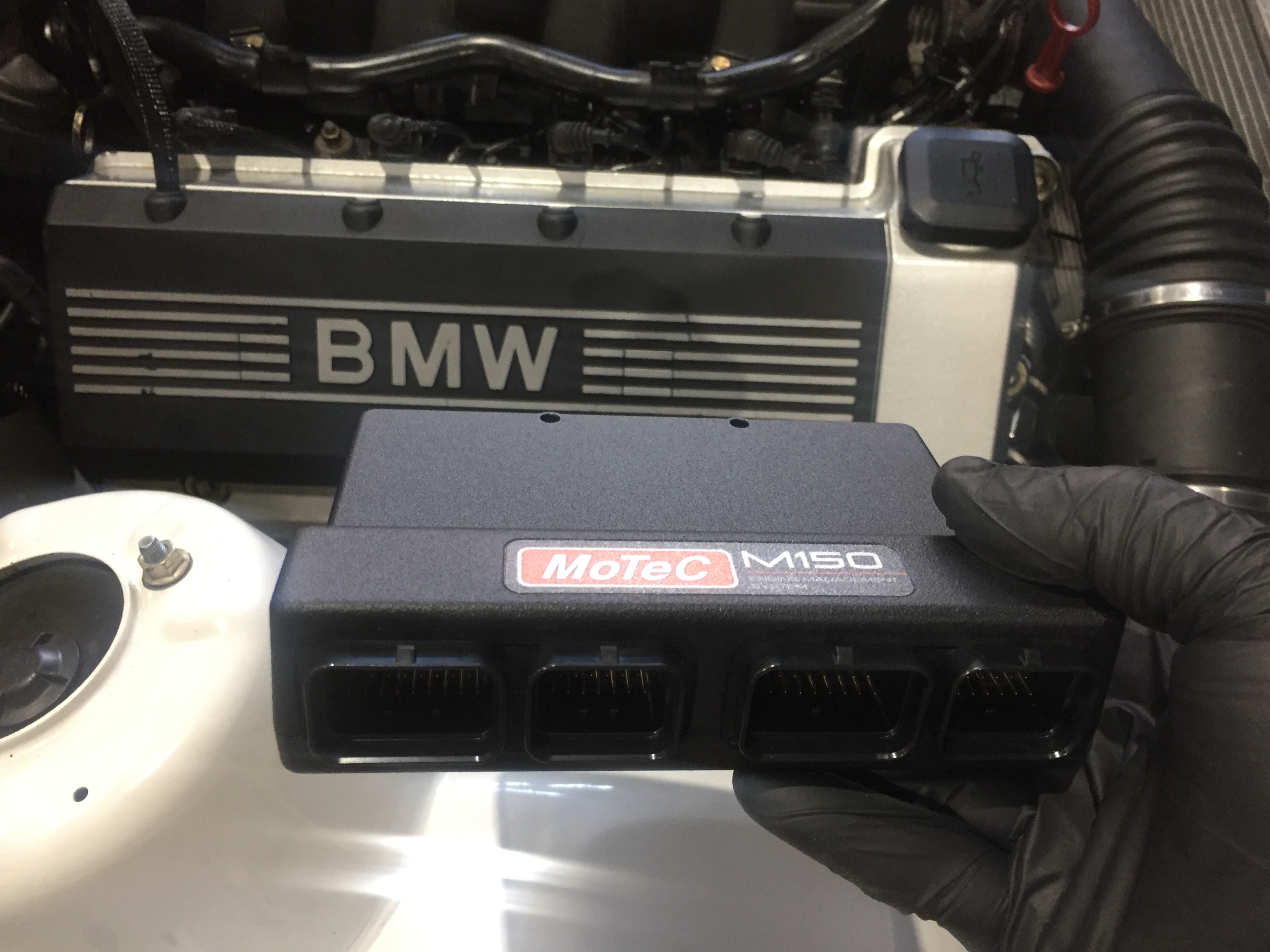A bit provocative question – and far too broad – in order to give you any simple answers. Basically, the most suitable ECU for your build is the one that suits the most for your preferences, which may vary a lot. Consider an ECU as an investment, where putting more money will get you both more features and quality in return. It is a return of investment. If you will break your engine due to lack of experience towards ECUs, their capability for warning limits and limp modes – it doesn’t matter – if you saved one or two thousand by selecting a cheap ECU in the first place.
The rule of thumb: If you are first timer, you will almost certainly buy a low quality ECU, regardless of all info provided on this blog article. If you are more experienced tuner, you most certainly recognize the importance of knock sensors, data logging, warning limits, extra connectivity and support, which more expensive ECUs will provide for you.
Let’s start with a common aftermarket ECU features. At first hand, these may seem minor issues on your list, but when time goes by, they will grow ever more important:
Checklist when buying an aftermarket ECU:
- Configurability of basic parameters (e.g. injector data)
- Ability to control IDLE QUALITY with hotter cams
- Ease of use and connectivity (e.g. stability, speed, future support)
- Longevity of both firmware and program support
- Quality and number of support in your country
- Number of extra inputs and outputs
- Number of knock sensors
- VE table configuration (a quite basic nowadays, thankfully)
- CAN support
- Full sequential support
- Warning limits
- High quality, wide band closed loop (For handling exceptions and monitoring)
- Ability to control up to x number of variable cams for your build
- Quality of data logging features: storing, reading and analyzing of data
One good example – actually a bad one – is Miller Warchip. They started with promising livechip feature for 1990’s bimmers, but when years passed on, company struggled to provide necessary support, leading to bad customer experience. If you still want to use Warchip, you are only good with legacy OS with legacy Java on Windows XP. ECU’s support for future upgrades is critical, thus you may have your build for decades. A financially stable company can provide you the best support for software upgrades in future.
How about tuning OEM ECUs? They can be divided into four main categories:
- Reprogrammable ECUs
- ECUs with add on ‘piggybacks’
- ECUs with livechip
- ECUs with switchable chip
The newer your OEM ECU, the easier it is to tune. What comes to M6x engines – they are type 2-4 ECUs. Most of us do prefer M60 OBD1 wiring harness and ECU, due to their simplicity for E30 swap. Thus ECU standards were under heavy development in 1990’s, you can face strange oddities in M6x ECU, like frequent EWS updates, or a sudden transition from OBD1 to OBD2. Generally speaking, ’99 model year is the milestone, when M6x engines were fully OBD2 compatible through KCAN interface. Luckily though, most M6x versions support live data logging through program called testo.exe, which I have explained here.
There is some evidence for BOSCH DME 3.3 ECUs having issues on both BMW M60 and Audi S6 engines on ’94 model year ECUs. Some of these, even with fully functioning live or custom chips can face strange oddities, if your build meets one or more criteria:
- Your engine’s power range is extended to 7000-8000 and/or:
- You are using bigger injectors, and/or:
- Your stock MAF is not flowing enough, and/or:
- You are using hotter cams -> a stock ECU cannot maintain idle -> an engine is stalling at traffic lights
Thus OEM M6x ECUs are somewhat limited for serious builds, it is advisable to turn your eyes on aftermarket ECUs. A bit surprisingly, OEM ECU can handle supercharging better, than building a hot street NA engine.
The problem most first timers lack to understand when selecting an ECU:
- ECU’s ability to control idle quality with hotter cams
- ECUS’s ability in normal driving conditions: cold start, cruise speed, stopping at traffic lights without stalling
- ECU’s ability to prevent a total disaster of your build: Setting up warning limits and limp modes
A list of warning limits any engine builder shall employ in order to trigger a limp mode:
- Continuous Oil pressure (OP) and temperature (OT) monitoring
- Continuous Fuel pressure (FP) monitoring
- Engine coolant temperature (CT) monitoring
In addition, following features must be monitored too:
- Knock detection for ignition compensation
- Warning limits for boost control (through MAC-valve)
Remember: the easiest part of your engine tune is to setup Wide Open Throttle (WOT) area of the map. It is the graph with nice looking power curve of your build. In reality, the most time consuming part is setting up an idle, cold start and driving quality for cruising conditions. And this is what you pay for.
